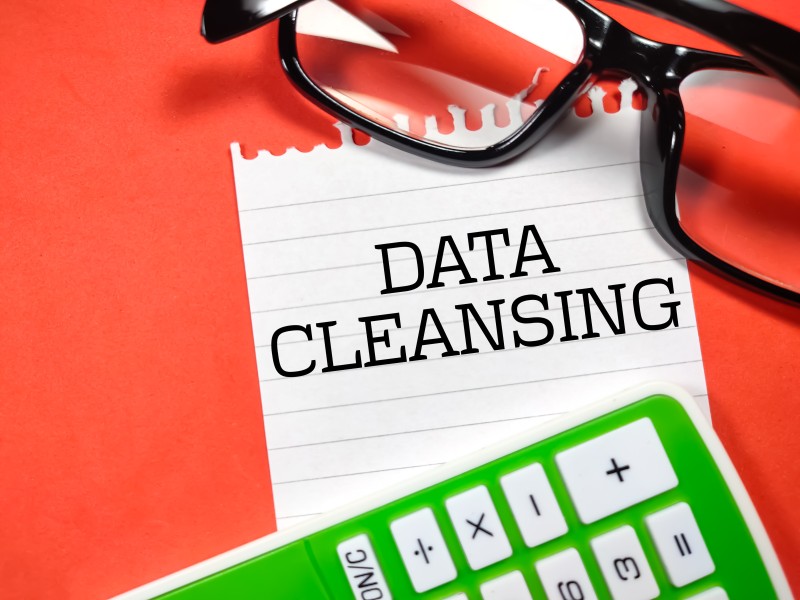Embracing Best Practices in Data Cleaning: A Crucial Step before Creating Effective Visualizations

Data is the lifeblood of modern businesses. However, just as unrefined oil needs to be processed before it can fuel a car, data too must undergo its refining process before it can drive insightful decisions. The process of refining data, more commonly known as data cleaning, is a critical yet often overlooked aspect of data analysis. Data cleaning, when done correctly, ensures that your visualizations are accurate, trustworthy, and most importantly, meaningful. In this article, we delve into the best practices for cleaning data before creating visualizations, along with the steps on how to go about it.
Why Data Cleaning Matters
Raw data is seldom perfect; it comes with its share of inconsistencies, inaccuracies, and missing values. As data scientists and analysts, our first step should be to refine this data by identifying and correcting these imperfections. Skipping this vital step and proceeding with visualizations can lead to misleading conclusions, compromised business decisions, and even financial losses. Therefore, a commitment to robust data cleaning practices is paramount to ensure the integrity of the subsequent analysis.
Data Cleaning Best Practices
1. Understand your data: This seems obvious but is often overlooked. You must comprehend what each column of your dataset means, the units of measurement, the expected range of values, etc. This will help you identify anomalies and understand the data better.
2. Handle missing values: Data with missing values can skew results and cause inaccuracies. Depending on the context, you might decide to fill in the missing values (imputation) with mean, median, or mode, or maybe decide to discard the records entirely.
3. Check for duplicate records: Duplicates can lead to bias in your analysis. Depending on your requirements, you may want to remove these duplicates to prevent an overrepresentation of certain data points.
4. Standardize your data: If your data comes from multiple sources, ensuring it adheres to a common standard is essential. This might include unifying measurement units, correcting typos or inconsistent capitalization, and standardizing date formats.
5. Validate accuracy: Cross-check your data with an external reliable source to ensure its accuracy.
Steps for Data Cleaning
Now that we know the best practices, let's dive into the step-by-step process of cleaning data:
1. Data auditing: Explore your data, use descriptive statistics and visualization tools to understand its nature, and identify potential errors and inconsistencies.
2. Data cleaning: Implement the best practices discussed earlier. Decide on the strategy to handle missing values, check for duplicate records and remove them if necessary, and standardize the data format and units.
3. Data validation: Use algorithms and validation rules that cross-verify your cleaned data with a reliable external source. This step is to ensure that your data is not just clean, but also accurate.
4. Data reporting: Document every step taken during the data cleaning process. This documentation is crucial to trace any decisions made, providing transparency and reproducibility.
5. Data monitoring: Regularly monitor and update your data. Data cleaning is not a one-time activity; it's an ongoing process.
Data cleaning is an art, and like any art, it requires patience, skill, and practice. When done right, it can make the difference between a mediocre visualization and a great one. A well-cleaned dataset does not just lead to a visually appealing graph but it paves the way for meaningful insights that can drive impactful business decisions.
If you're seeking professional assistance in your data cleaning and visualization endeavors, consider connecting with us at Nanjyo Tec at www.nanjyotec.com. We specialize in helping businesses transform raw data into a powerful decision-making tool. Let's embark on a journey of data-driven success together!



